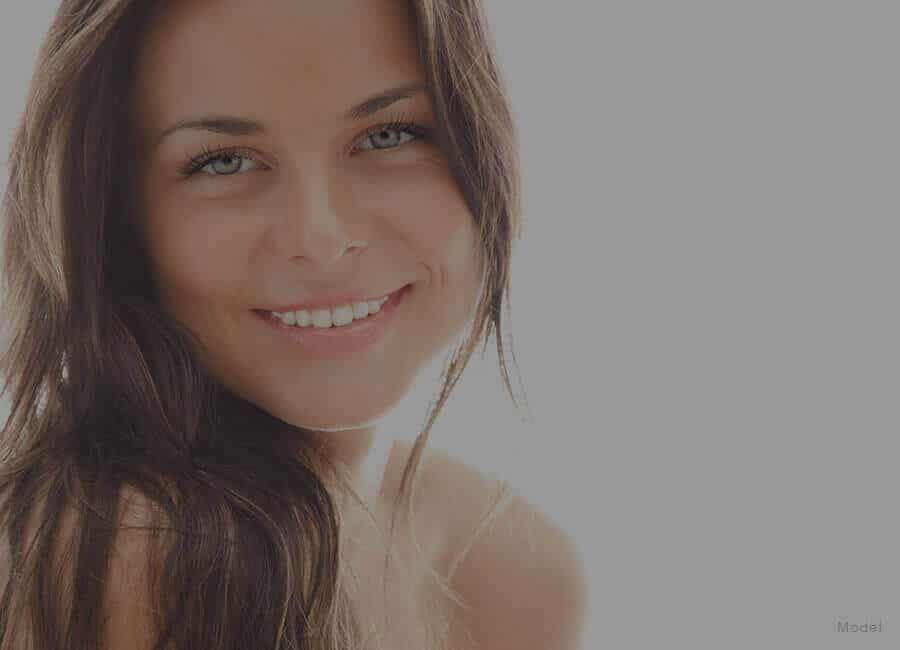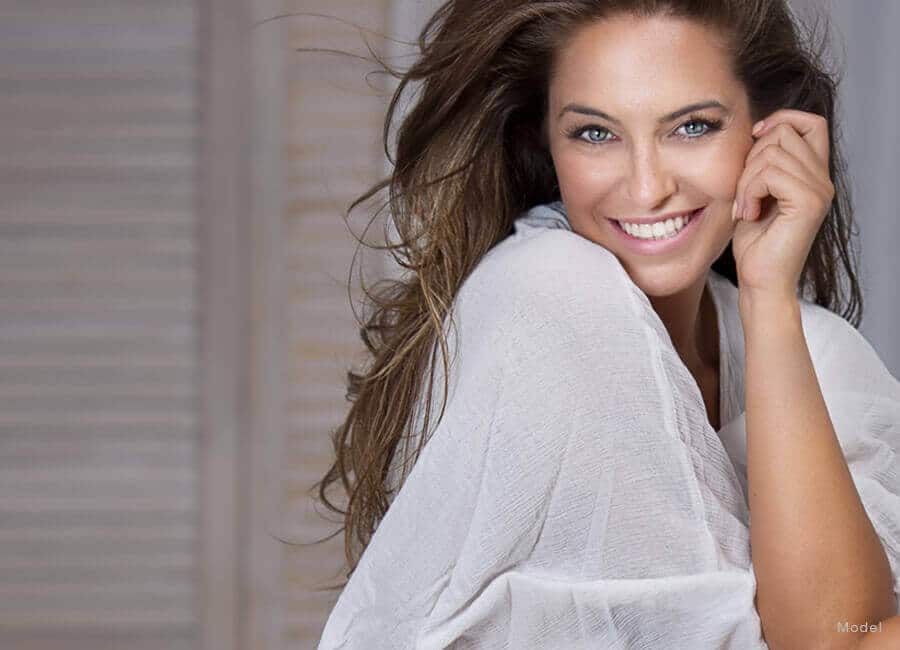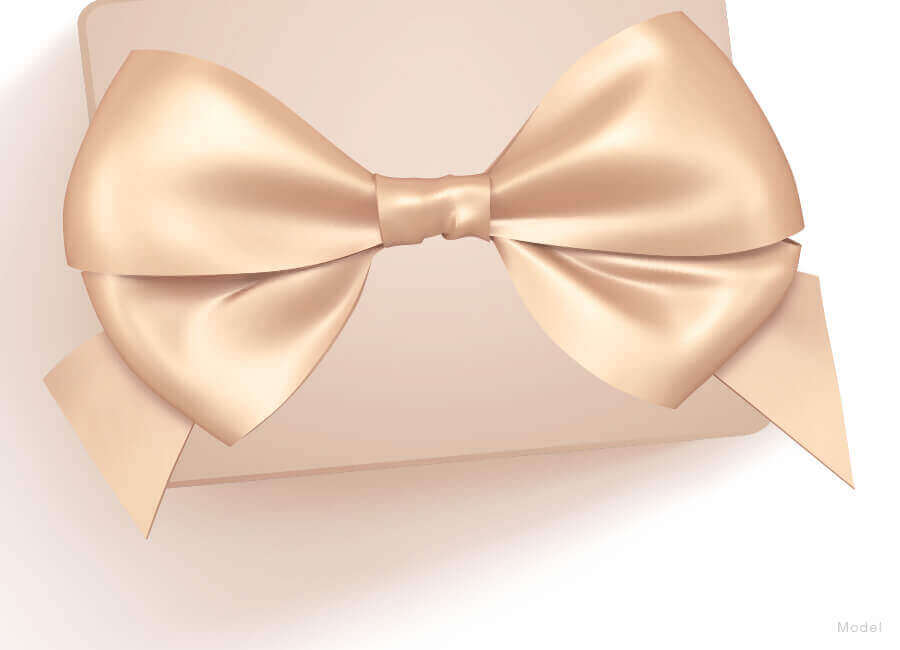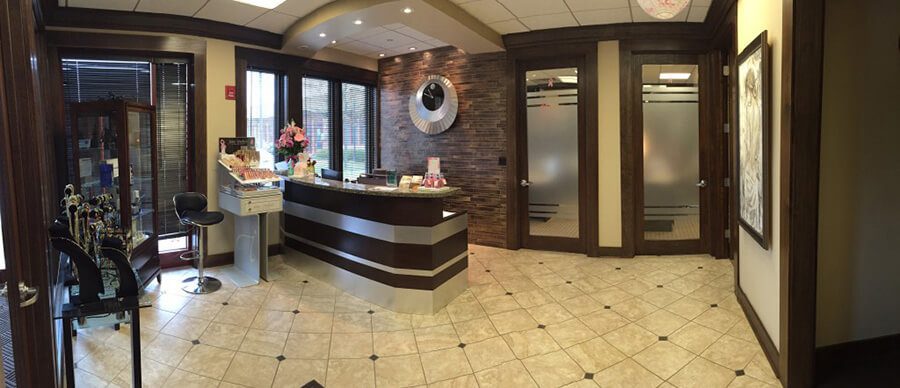Eyelid Surgery
Eyelid Surgery Procedure
Our eyes are the focus of our face. They reveal our glimmer of hope, our twinkle of happiness, and sometimes the sorrow of our sadness. When we interact, we look each other in the eye, and we study each others’ expressions. Our eyes are the windows to our souls, and they tell the world how we feel. Yet many times due to age and or heredity, our eyes do not give an accurate account of who we are. Our upper lids may become hoods that make us look angry or upset. Our lower lids may become puffy from fat deposits and make us look like we are sleepless or have been crying. We may have dark hollows under our eyes that give the impression that we are not very healthy. The upper and lower lids’ skin may become more like crepe paper with each passing year. Each of these maladies is disconcerting, but each of them can be fixed with one of the many techniques of Blepharoplasty surgery. Blepharoplasty, or eyelid surgery, removes excess, sagging skin and possibly fat from the upper and lower eyelids that are responsible for a sad and tired appearance.
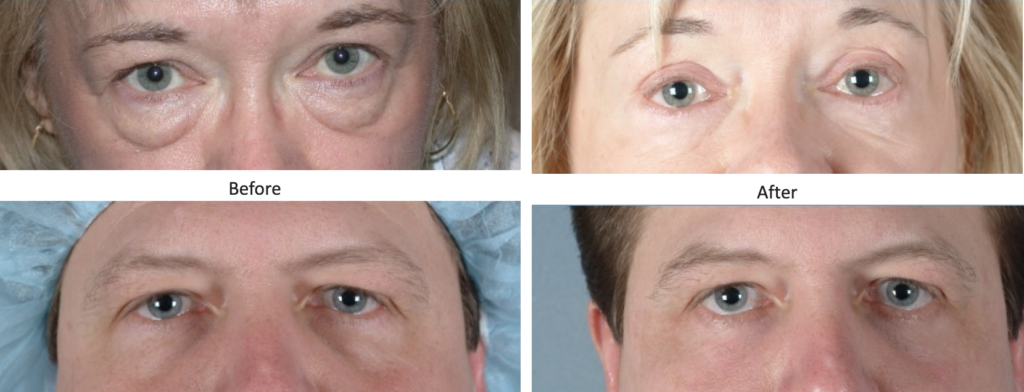
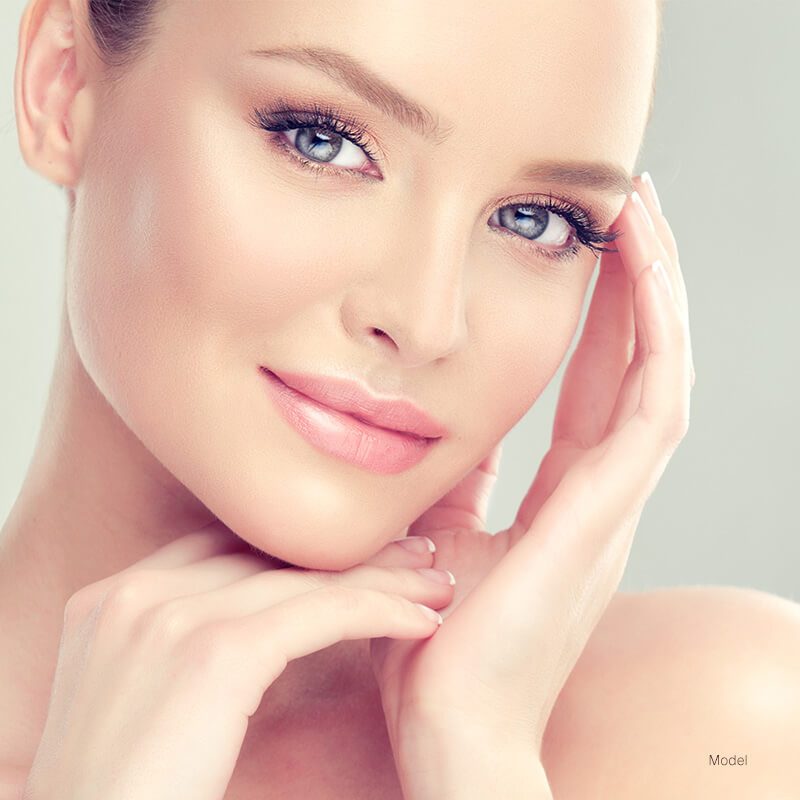
Am I a good candidate?
Do you have excess skin hiding the natural crease of your upper eyelid? Do you have loose skin hooding your eyes or impairing your vision? Do your upper eyelids look puffy and make you look tired? Do your lower eyelids have excess skin and fine crepe paper-like wrinkles? Do you have bags or dark circles under your eyes? Do your lower lids droop like a sad old dog? Right now, are you thinking that we are describing you? If so, you are most likely a good candidate for an upper and or lower blepharoplasty. A good candidate for this surgery also understands the procedure, the recovery and has realistic expectations about the results. Of course, only the doctor can determine your candidacy for the procedure, so that is why we invite you to make an appointment for a complimentary consultation to see if blepharoplasty surgery is right for you.
The Procedure
You will come to Dr. Schlechter’s state-licensed surgical suite where you will find three types of anesthesia for this type of procedure. You and your doctor will decide which method of anesthesia is best for you. Typically, IV sedation, also referred to as twilight anesthesia, is the preferred method. With this type of anesthesia, you are asleep, yet you are breathing on your own with no need for intubation. The other methods are general anesthesia or a combination of oral sedation and a local anesthetic for the procedure.
Upper Blepharoplasty
The upper eyelid crease can be recreated as it was prior to the development of the excess skin by excising the redundant skin and possible fat pads that contribute to the hooding of the eyes. For upper eyelids, a continuous running suture will remain until seven days post-op, at which time you will come in for the suture removal. Because of the continuous running stitches, only two snips are needed for the suture removal.
Lower Blepharoplasty
The surgical approach to the lower eyelids depends on the eyelid anatomy of the patient and the recommendation of your plastic surgeon. The transconjuctival approach is best for patients with bags or fat pads under their eyes. With this approach, the incision is made inside the eyelid; therefore, there are no visible scars. Once your plastic surgeon makes the incision, your surgeon will have access to the fat pads that cause the look of the bags. The trick is to remove enough fat to eliminate the bags and herniating, or repositioning, the remaining fat so that the result is smooth lower lids, no bags, and no areas that look sunken in. In some cases, there is wrinkled, sagging skin with the lower lids. The approach used to resolve this issue is the pinch blepharoplasty. With this, your plastic surgeon will carefully excise the redundant lower lid skin and close the incision with continuous running suture that will be removed after seven days. The third approach is the traditional transcutaneous approach, which is preferred when the patient has both the puffiness of the fat pads and the excess skin, which cannot be resolved by the combination of transconjunctival and pinch blepharoplasty approaches. With the transcutaneous, the incision is made at the lash line to minimize the appearance of scarring. Through this incision, your plastic surgeon will remove the excess fat, reposition what remains, and trim the excess skin prior to closing with absorbable suture. The risk with removing the excess skin is that too much can be taken away, leaving the patient with an ectropion, or drooping lower lid. Dr. Schlechter uses an anchor stitch that eliminates the risk of ectropion formation.
The Recovery
Chicago and Northbrook Eyelid Surgery Patients can expect mild bruising and initial swelling to last approximately two weeks. If the post-operative instructions are followed closely, the recovery for both upper and lower blepharoplasty surgeries is relatively easy. To speed the healing process, we provide all our surgical patients with Arnica Montana, a homeopathic remedy known to reduce bruising and swelling. Along with Arnica Montana, icing is key. We want our patients icing for 20 minutes of every waking hour for the first 24 hours and then continue icing as much as possible for the next two days. Since swelling is gravitational, the more upright you are, the less swelling will occur. For this reason, we suggest sleeping in a recliner or oversized chair for the first few nights after surgery. It is vital that you rest for those first three days. You will return to see your plastic surgeon approximately three days post-operatively. Your doctor will monitor your healing with frequent post-op appointments, including one at seven days if suture removal is necessary. As the weeks progress, you may incorporate more of your daily routine, but doing anything to increase your heart rate during the first few weeks will cause swelling and may delay healing.
Terms to Know
Transconjunctival Approach – incision from the inside of the eyelid
Transcutaneous Approach – incision made through the skin, at the lower lash line
Ectropion – a condition in which your eyelid — typically the lower lid — turns out, leaving the inner eyelid surface exposed and prone to irritation.
Oral Sedation – a combination of oral medication, typically Valium and Percocet, used to relax the patient who is to have a surgical procedure under local anesthetic.
Eyelid Surgery
Frequently Asked Questions
-
Can upper and lower eyelid surgery be performed at the same time?
Yes, if you want both uppers and lowers done, it is better to have the surgeries performed at the same time because you are saving on anesthesia and facility fees, and you have one recover rather than two.
-
How will I know which approach is best for my lower eyelid surgery?
Your plastic surgeon will listen to your concerns and upon examination, will advise which approach will provide the most optimal results for your case.
-
Can blepharoplasty be covered by insurance?
If your visual field is compromised by the weight of your upper eyelids, your insurance may cover the procedure. The only way to know is for you to make an appointment with your eye doctor to have a visual fields study performed. Ask for those results to be faxed to our office. Next, schedule a medical consult with us. Your plastic surgeon will review the visual field results; take photos of you to submit to your insurance along with his letter of medical necessity. Insurance companies will then inform you and our office if they approved or denied the claim. If approved, you will proceed with our medical scheduler to set up your procedure. If denied, you then will decide if you want to go ahead with the surgery as a cosmetic, out-of-pocket, procedure. PLEASE NOTE: Medicare does not require a preauthorization for surgical procedures. If you have Medicare, coverage may be denied. This is something you will discuss with your plastic surgeon during your consultation.
